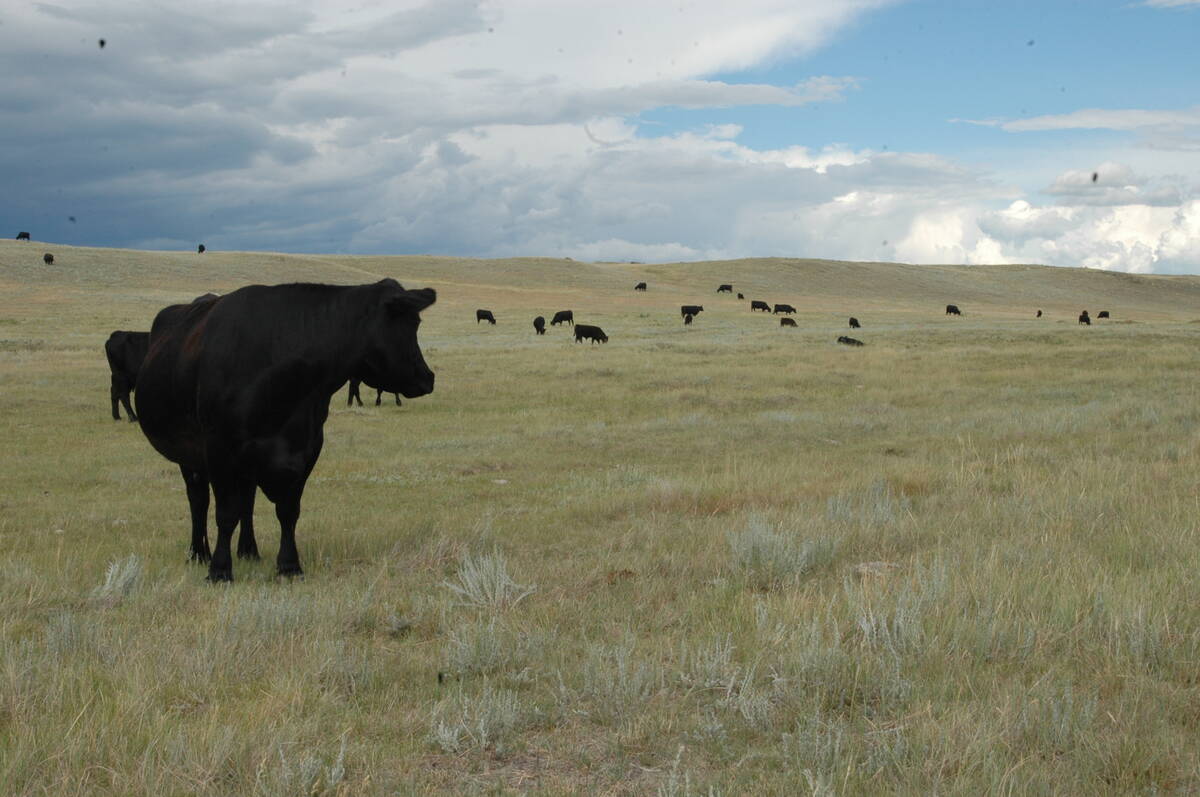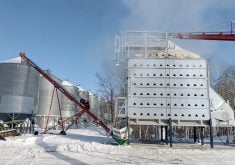Trading partners are increasingly leery of growth promoting agents that help producers produce more pork and beef
HOUSTON, Texas — With a world population likely to hit 12.3 billion by 2100, technology will be needed to deliver nutrient-rich food to the masses, said meat scientist Keith Belk of Colorado State University.
“The world population is going to continue to grow and livestock and meat production will continue to provide a significant proportion of the nutrient security associated with that increased population,” said Belk at the International Livestock Congress held in Houston, Texas, earlier this year.
To produce more pork and beef, growth enhancing beta agonists like ractopamine are available, but in today’s trade environment many countries reject them along with growth-promoting hormones in cattle.
Read Also

Canadian Food Inspection Agency slammed for handling of bovine tuberculosis case
The federal government leans heavily on producers to “take one for the team” and risk their livelihoods without any reassurance of support.
It is estimated the combination of implants is responsible for a 66 pound weight gain per animal. Ractopamine adds another 10 lb.
That adds an extra $250 per head advantage and if producers cannot use these for the European or Chinese markets, other mechanisms are needed to recover that money.
The European Union banned the use of growth-promoting hormones in 1987 and continues to do so even after international court challenges. Some countries also reject the use of ractopamine, which Belk argues is a non-tariff barrier to trade.
There are major opportunities to do business with China but since access was granted, more and new restrictions have been imposed.
China has a list of 146 banned compounds.
“If you feed heifers, they are not going to be eligible for the Chinese market if you use MGA to prevent heat because MGA is on the list of banned compounds for production of beef in China,” he said.
MGA suppresses estrus in heifers.
The Chinese faced some serious food safety incidents in the past, so the government has banned a long list of products that are also applied to imports.
“They are not establishing food safety standards, they are establishing a marketing limit,” Belk said.
There are international testing standards but unexpected results may occur.
For example, fusarium-contaminated grains produce the naturally occurring hormone zeranol, also used in Ralgro to improve efficiency in cattle.
“I could produce cattle that never received a Ralgro treatment but if they received grain that had fusarium, they will test positive,” he said.
He was involved in a small study that tested livers in packing plants. Nine out of 20 were positive for zeranol but the cattle had never received Ralgro.
“We have to be worried that when the Chinese test those samples that they are going to find it anyway because of some obtuse, unexpected circumstance that leads to the compound being found in the tissues they are testing,” he said.
In addition, products destined for China could be contaminated at the processing plant.
There could be residual compounds in the small intestines that could migrate to the outside and get spread.
A study is underway looking at withdrawal periods for ractopamine and how long residues might be found.
“Once you establish animal and human safety with these compounds and meet all the food safety criteria, then those technologies should re-enter commerce,” he said.















